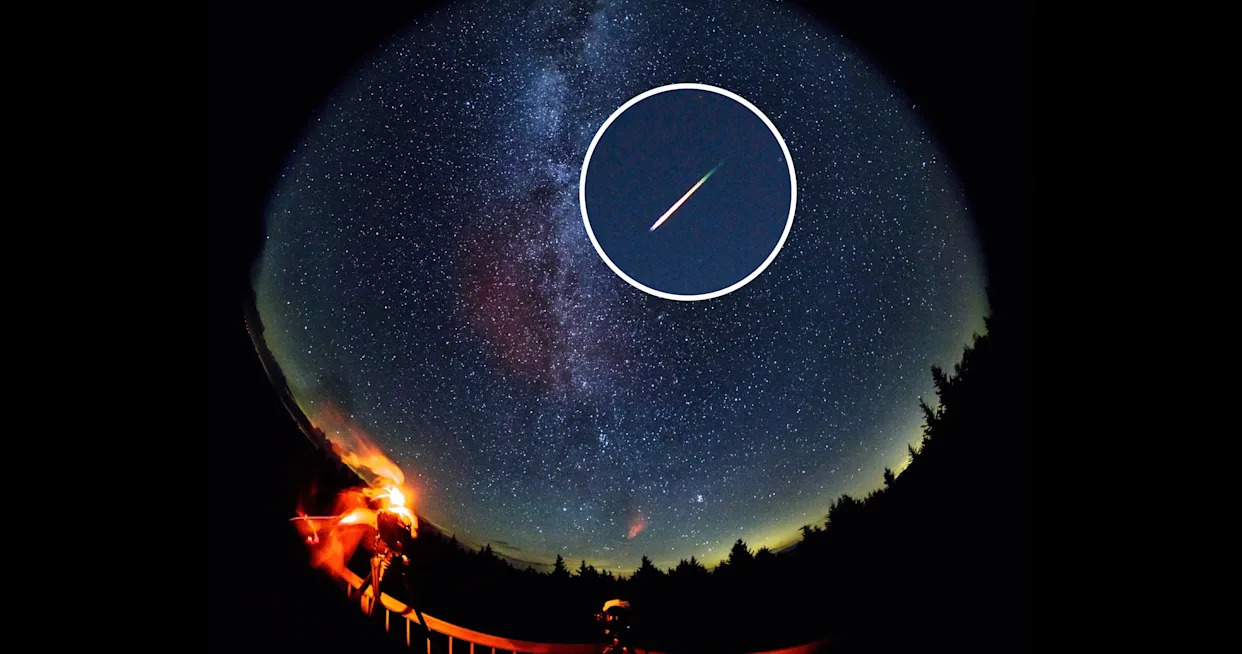The Perseid meteor shower is peaking soon: See where, when to get best view in California

Perseid Meteor Shower Set to Peak Amidst Lunar Interference
Stargazers in California and across the Northern Hemisphere are preparing for the annual Perseid meteor shower, a renowned celestial display known for its swift, luminous meteors and vibrant fireballs. The peak of activity is expected on the evenings of August 12th and 13th, though the shower will remain visible through August 23rd. However, this year’s spectacle faces a challenge: a waning gibbous moon that will significantly diminish visibility.
According to the American Meteor Shower Society, the moonlight is projected to reduce observable activity by at least 75%, limiting viewings primarily to the brightest meteors. Instead of the typical 50 to 100 meteors per hour, observers might see only 10 to 20. Even in rural areas, typically offering between 50 and 75 meteors hourly, the lunar brightness will impact the show.
Despite these conditions, enthusiasts can still maximize their chances of witnessing some activity. Experts advise looking towards the northeast horizon, specifically toward the constellation Perseus. Optimal viewing times are generally after midnight and just before dawn, though beginning observations as early as 10 p.m. may offer additional opportunities to catch a glimpse.
Alongside the meteor shower, Jupiter and Venus will provide an added celestial attraction. These planets will shine brightly in the eastern sky before sunrise throughout August, appearing increasingly close together. Their closest approach is anticipated on August 11th and 12th, creating a visual effect where they appear nearly to “graze” each other despite being millions of miles apart. No specialized equipment is needed to observe these planets; their brilliance makes them readily visible from the Northern Hemisphere after sunset.
To enhance viewing prospects, selecting locations away from light pollution with clear horizons and consulting weather forecasts for cloud cover are recommended. The National Weather Service offers graphical forecasts detailing sky conditions across California, including percentages of cloud cover, fog, smoke, and haze on an hourly basis.









